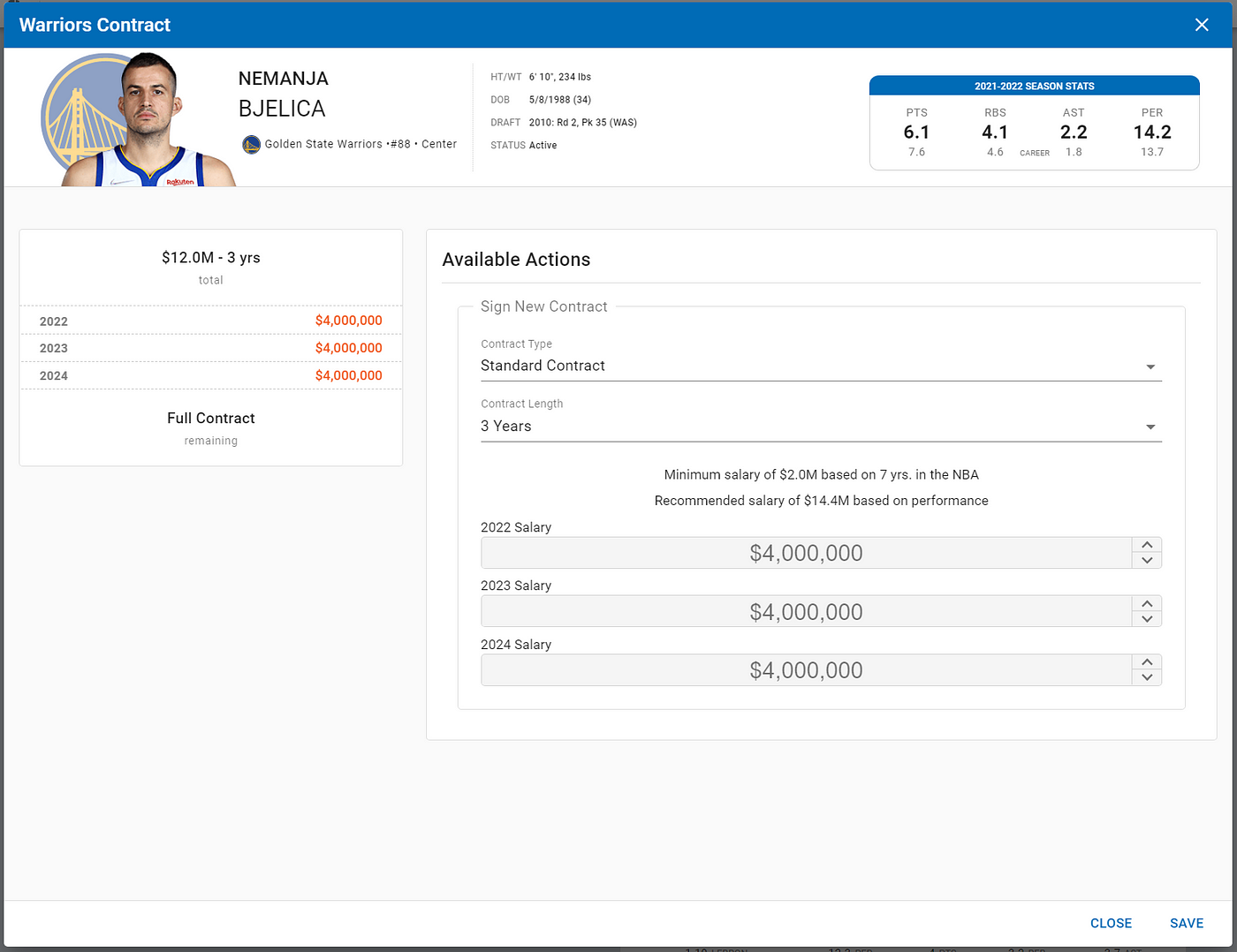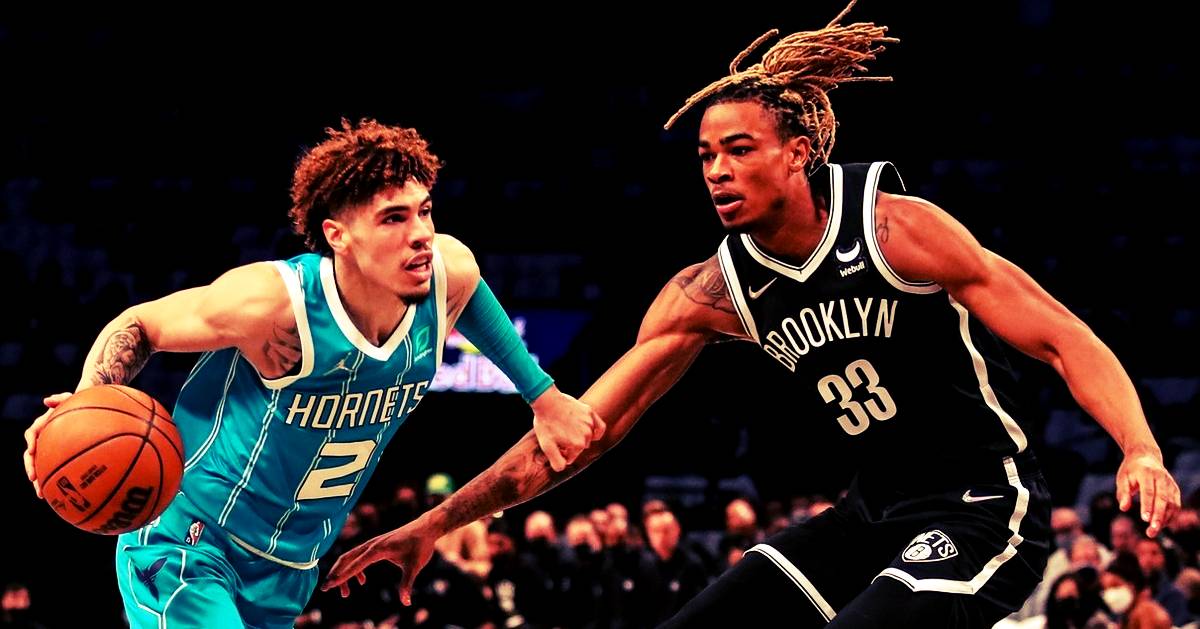The Los Angeles Lakers may have struck surprise gold in hiring Milwaukee Bucks’ assistant coach Darvin Ham to be their next head coach, a move that’s received universal praise and raised expectations about his impact.
With a veteran team coming off a horribly disappointing season, most NBA pundits expected the Lakers to hire an experienced NBA head coach or to delay their search until one like Quin Snyder or Doc Rivers became available. The Lakers instead smartly opted to hire the candidate with the greatest charisma and upside despite never having been a head coach before and mainly spending his time as an assistant coach in player development.
There’s strong evidence that indicates that Darvin Ham is going to become a major part of the executive brain trust making decisions for the Lakers, which is great news for an organization that needs dynamic leadership. Ham has the kind of intelligence that gains immediate respect, the type of personality that builds trust and confidence, and the elite communication skills to inspire Lakers’ stakeholders at every level from player to owner.
Unlike their previous coaching search that ended up hiring Frank Vogel, the Lakers avoided the public gaffes that resulted in hiring their third choice as head coach and having their entire hiring process rudely second guessed. Darvin Ham will start his tenure as Lakers’ coach with a longer contract and more power, independence, and influence than previous coach Frank Vogel had even after winning the NBA championship in the bubble in 2020.
So let’s look at how Darvin Ham could dramatically change the direction the Lakers take, including the possibility of his coaching Westbrook, whether Anthony Davis will play center, and whom the Lakers pursue this summer.
How Will Darvin Ham Affect the Lakers Russell Westbrook Decision?
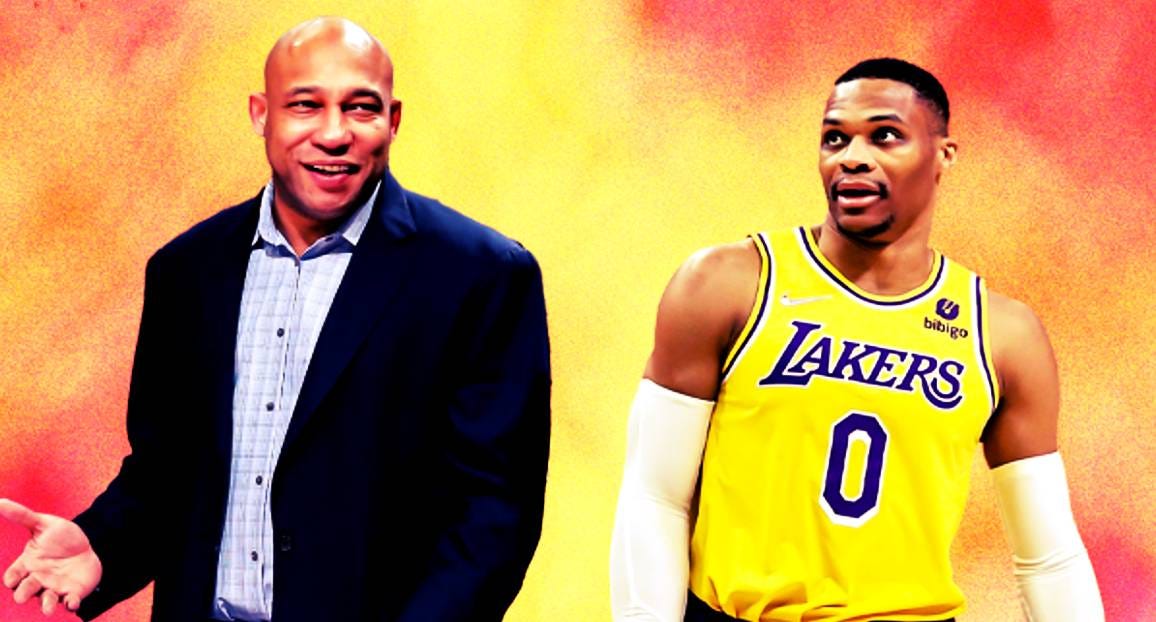
The latest rumor making the rounds is that Darvin Ham’s answer to the question of what he would do to make Russell Westbrook work with LeBron James and Anthony Davis won him the job as the Lakers next head coach.
The Lakers have supposedly told potential trade partners they’d rather bring Russell Westbrook back next season than give up a first round draft pick to trade him, though they’re willing to take back long-term contracts. This doesn’t mean the Lakers are suddenly going to hold onto those picks and eventually use them. It just means they would prefer to use those picks to acquire valuable young players rather than just to dump Westbrook.
While it’s not a slam dunk that the Lakers will be able to find a trade partner for Russell Westbrook without giving up a draft pick, there will probably be teams willing to take on Russ’ expiring contract to dump salary. Ultimately, the last thing the Lakers should want to do at this point is ask first year head coach Darvin Ham to deal with trying to rehabilitate Russell Westbrook while learning to be an NBA head coach for the very first time.
That’s why all of the talk about bringing back Russ is posturing. Considering the concerns about LeBron’s age and AD’s ability to stay healthy, next season could be the Lakers best opportunity this decade to win #18. Ironically, I would not be surprised to find out Darvin also advised the Lakers that keeping Westbrook would make it difficult to surround James and Davis with the kind of shooting and defense needed to be a champion.
While the Lakers continue to push the idea that they’re going to keep Russ, in the end there’s just no way they’re going to ask rookie head coach Darvin Ham to take on a no-win situation like making Russ work LeBron and AD.
How Will Darvin Ham Affect the Offense the Lakers Run Next Season?
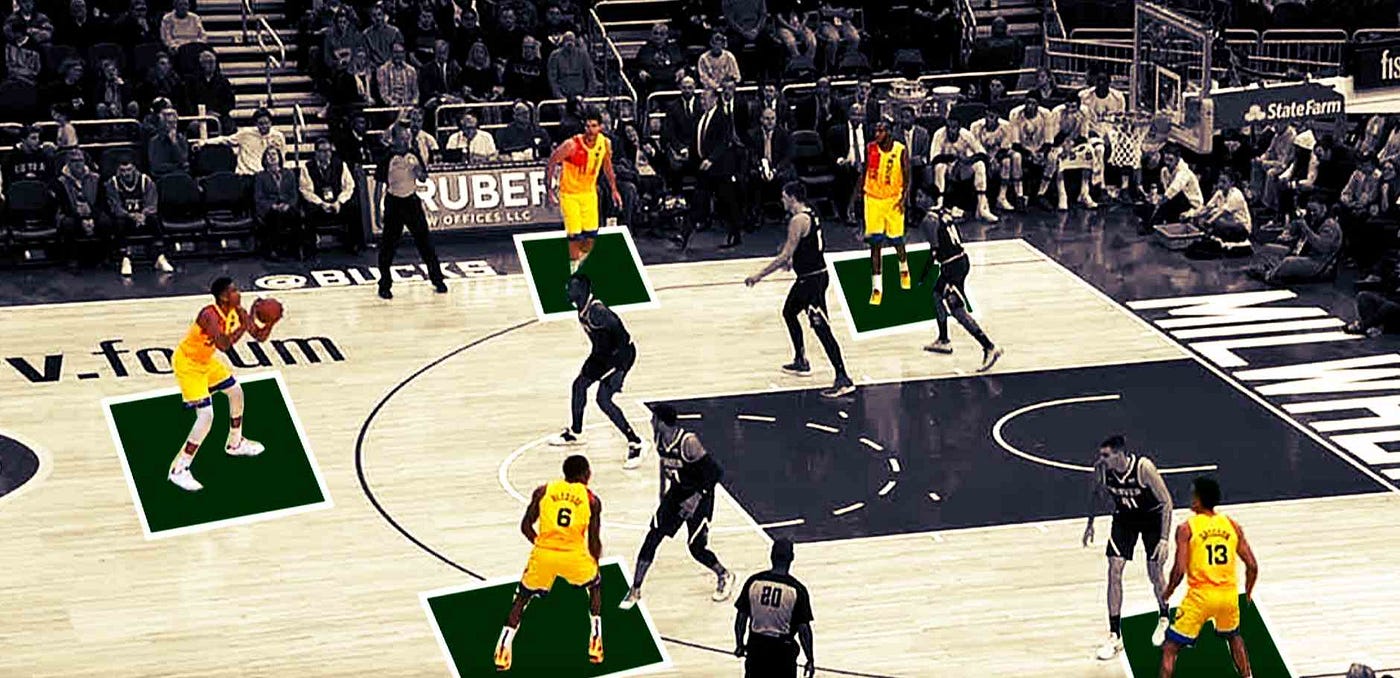
What will the Lakers’ offense look like under new head coach Darvin Ham? Look for an heavy emphasis on spacing, ball movement, and five-out sets designed to create driving lanes for James and Davis to attack the basket.
Darvin Ham was hired by the Lakers in part because of his success with the Bucks in creating the great spacing that was essential to unleashing Giannis Antetokounmpo and helping Milwaukee win the 2021 NBA Championship. The challenges facing the Bucks and Lakers are similar. The Lakers hope Darvin can build an offense to unleash LeBron James and Anthony Davis in the same way the Bucks’ offense unleashed Giannis Antetokounmpo.
The big question facing Darvin is whether to start games playing small with AD at the five or have the Lakers acquire a dynamic young stretch center like Isaiah Hartenstein so they can pay five-out with two bigs like the Bucks. Expect Ham to want to start games with two bigs but close them with small-ball-on-steroid lineups with AD at the five. That’s the perfect formula for the regular season with both big and small options available for the playoffs.
Considering injury concerns for James and Davis and how the undersized Lakers struggled in the paint and on the boards last season, moving James and Davis down a position against smaller players should benefit them. Finally, the versatility to play two-bigs with a center like Isaiah Hartenstein plus James and Davis or small-ball-on-steroids with a lethal 3-point shooting wing like Jerami Grant plus James and Davis could be a difference maker.
Expect Ham, as the Lakers new head coach, to push the team to build a roster with championship versatility to play two bigs like the 2021 Bucks and small-ball-on-steroids with AD at the five like the 2020 Lakers.
How Will Darvin Ham Affect the Defense the Lakers Run Next Season?
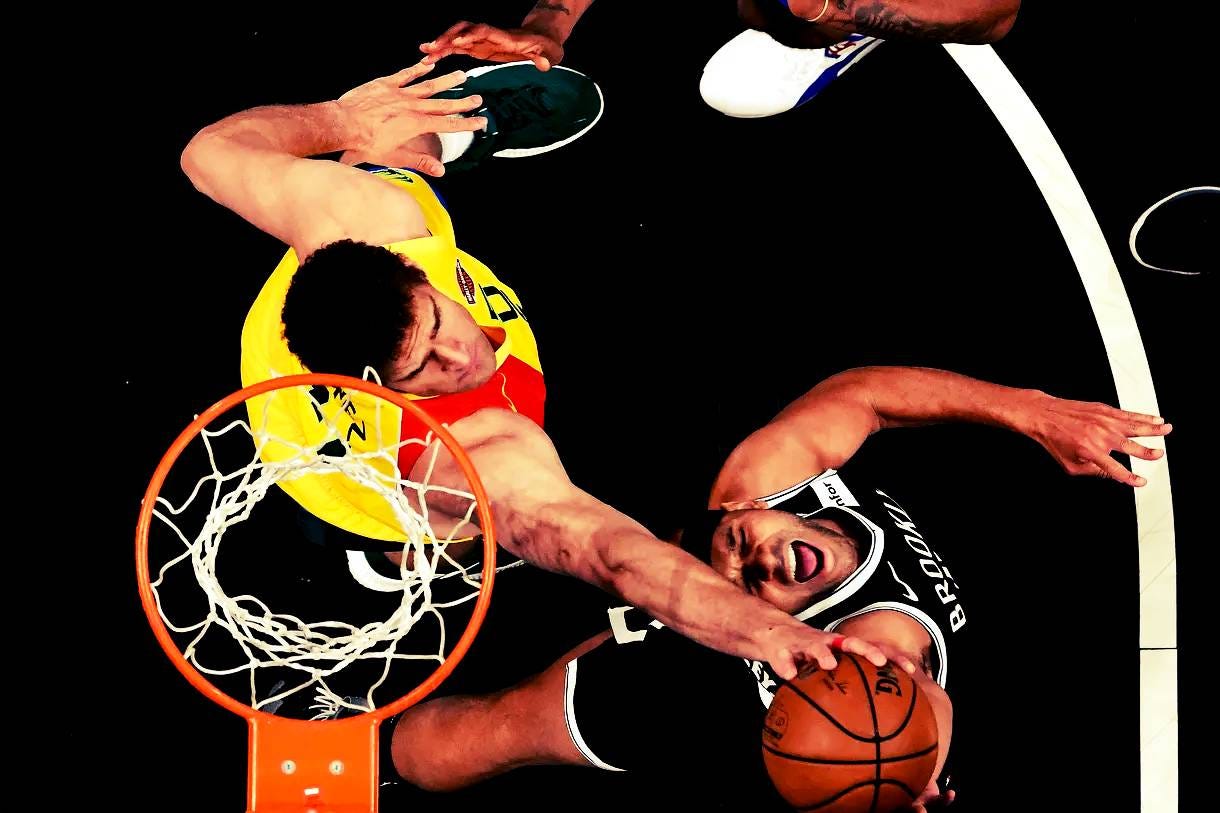
What can the Lakers expect their defense to look like under Darvin Ham? While they may be done with Frank Vogel, they may not be done with the pick-and-roll drop coverage that was the heart of his defensive philosophy.
The Lakers under Darvin Ham will likely play pick-and-roll drop coverage on defense like the Bucks with Brook Lopez and Giannis Antetokounmpo and the Lakers during the regular season when they won the title in 2020. While drop coverage was a successful for the Bucks and the Lakers during the regular season, both teams ended up playing small-ball-on-steroids lineups in the playoffs to take advantage of Antetokounmpo and Davis.
Schematically, when the Lakers go two bigs, they’ll play pick-and-roll drop coverage. But when they go small with Davis at the five, they’d be better off switching everything and counting on their positional size and physicality. The versatility to eat up minutes playing pick-and-roll drop coverage with two bigs to start games but closing with a small-ball-on-steroids lineup playing switch everything could be the Lakers’ perfect defensive formula.
Building a roster that can play both big and small is challenging. Starting games with a center but closing them with a wing essentially requires the team to have six starters with the center and wing sharing the fifth slot. For Darvin Ham to be able to start games with two bigs, the Lakers will need to trade for or sign a dynamic young center like Isaiah Hartenstein. They will also need to trade or sign a legitimate defensive wing like Otto Porter, Jr.
Expect Darvin Ham to play a similar defensive style to that of Frank Vogel. The Lakers rely on two bigs lineups during the regular season and rely more on their small-ball-on-steroid lineups when they get into the playoffs.




















